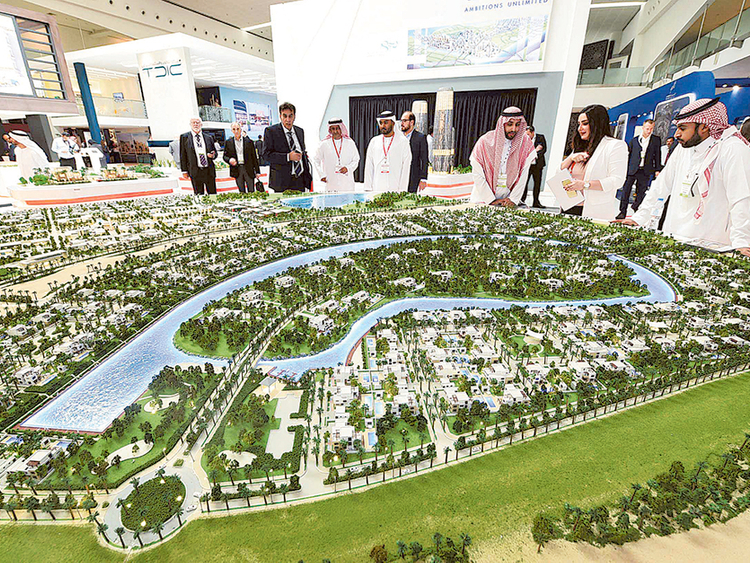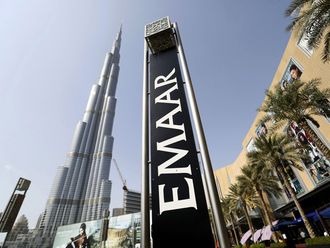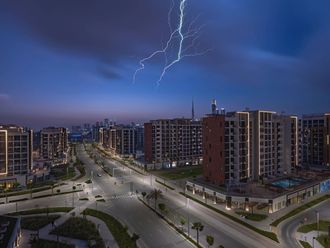Dubai: Only 719 new homes were delivered across Abu Dhabi during the first quarter of the year, adding up to an already limited supply situation in the emirate’s property market. Some respite could come from the anticipated 4,000 additional units that are due for delivery at the end of the year, according to projections by JLL, the consultancy.
Another 13,000 units are projected for handover in the next two years.
The upcoming units would be located within Danet Abu Dhabi, Reem Island and Saadiyat Island. Of the deliveries made in the first three months were the Amwaj 2 in Al Raha Beach, Al Falahi Tower in Danet Abu Dhabi and The Wave Tower on Reem Island, JLL notes. These raised Abu Dhabi’s total residential stock to around 246,000 units.
Abu Dhabi’s new real estate regulations “will provide a better regulated market, improving transparency and protecting consumers and investors over the longer term,” JLL reports. But, “Tighter regulation of developers will impact supply growth.
“While this will help reduce oversupply in the current period of weaker demand, it is important that the market does not become overly regulated. Healthy levels of future supply are required to keep rents and prices competitive, provide choice to investors and drive demand growth.”
But in the near term, supply constraints will overwhelm all other considerations in Abu Dhabi. For investors out to cherry pick at the pricier end of the spectrum, “The current prices in Al Raha Gardens and Al Reef may represent attractive opportunities for investors as gross investment yields range between 6 and 7 per cent,” states a report issued by Cavendish Maxwell, the consultancy.
“Villa prices declined slightly — at 1 per cent — in both Al Reef and Saadiyat Beach villas, similar to the rate of decline in Q4-15, whilst the rate of decline in Al Raha Gardens increased to 2 per cent in Q1-16. There is still a wide gap between the strong demand for high quality villas and the existing supply… keeping the price declines at a much lower rate than in Dubai.”
If rents in Dubai were to drop, it will have an impact on residential clusters in Abu Dhabi such as Al Ghadeer. “Demand from commuters is likely to shift from Al Ghadeer to communities within Dubai, which may offer competitive rents,” the report added. (Al Ghadeer – where rents are considerably lower than other investment zone apartment locations within Abu Dhabi — is on the outskirts of the emirate and is popular with residents commuting to Dubai for work.)
Office space
* According to JLL estimates, Abu Dhabi’s total office stock was around 3.4 million square metres in terms of gross leasable area during Q1-16. The only delivery during the period was the Al Maryah Tower on Al Maryah Island, which added 43,700 square metres. An additional 286,000 square metres of GLA could be delivered by the end of 2016.
* Average Grade A office rents remained stable at Dh1,850 per square metre “due to limited vacancy within high grade stock”, JLL adds. Grade B rents decreased 5 per cent in Q1-16 and averaged Dh1,120 per square metre. This was mainly “due to the slowdown in demand due to lower oil prices, reduced government spending as well as a surplus in Grade B office stock”. Overall market-wide vacancy is currently 20 per cent, which is “expected to rise with the delivery of further office space later in 2016 and the slowdown in demand”.













